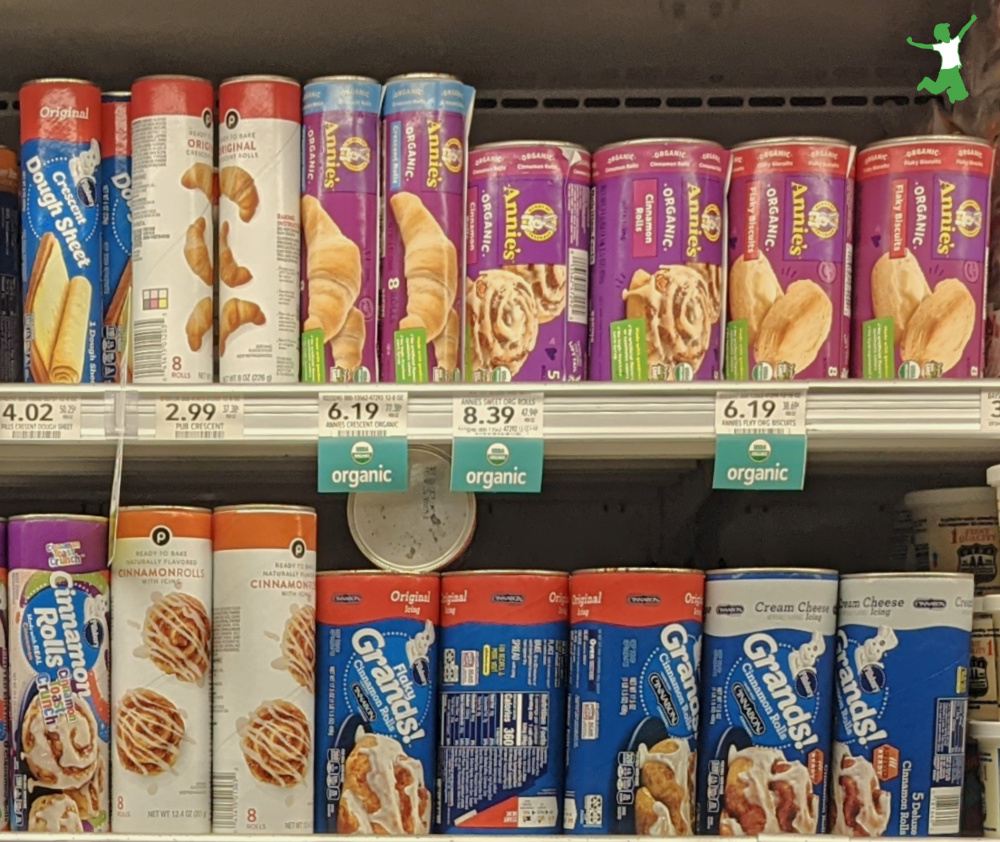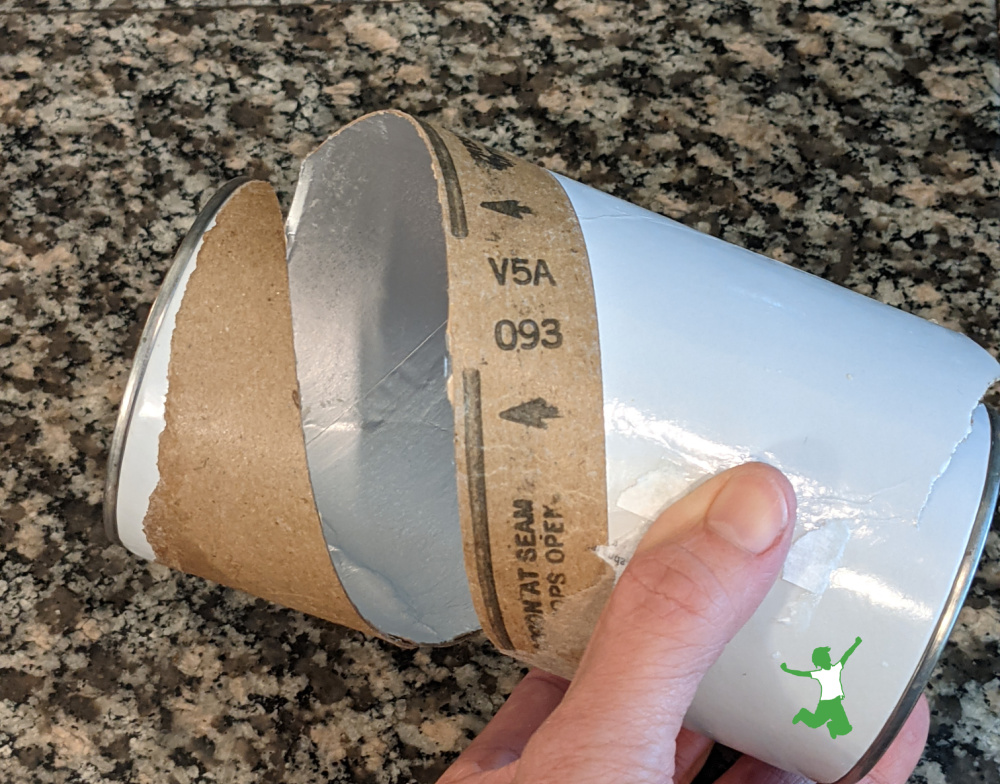Table of Contents[Hide][Show]
Heavy metal packaging issue with refrigerated dough products including organic brands that consumers remain, by and large, completely unaware about.

In this article, I wanted to give all of you a heads-up about a serious packaging issue with refrigerated dough products.
This includes organic brands at health food stores and some supermarkets.
Specifically, the brands in question in the United States would be Immaculate Baking Company and Annie’s Homegrown.
Both of these companies offer crescent rolls, biscuits, and cinnamon rolls in the refrigerated section. They are packaged in cylinders of varying thicknesses.
Immaculate Baking Company also offers refrigerated cookie dough. However, the packaging of these products is quite different, excluding them from the discussion below.
In other words, the packaging issues addressed in this column specifically deal with refrigerated dough packaged in cylindrical tubes only.
Aluminum in Refrigerated Dough Packaging
I’ve long stayed away from refrigerated dough even from organic brands.
The ingredients are not the best despite the USDA organic certification!
That said, the ingredients aren’t 100% terrible either. A person in good health without any autoimmune issues could likely eat them once in a while. Here are the ingredients of Annie’s flaky biscuits.
Organic Wheat Flour, Water, Organic Palm Oil, Organic Cane Sugar, Baking Powder (sodium acid pyrophosphate, baking soda), Sea Salt, Organic Natural Flavor, Organic Expeller-Pressed Sunflower Oil, Xanthan Gum. (1)
One of my kids recently bought a cylinder of this brand of organic frozen biscuit dough to make breakfast sandwiches using homemade scrambled eggs (from our own hens), pastured local bacon, and aluminum-free block cheese.
“These biscuits can’t be that bad, right Mom? Wouldn’t this be better than restaurant breakfast sandwiches?”
She was very on point with this observation. I wanted to encourage her thinking process, as it was certainly going in the right direction!
However, this question got me looking into the issue further.
In addition to teaching children cooking skills, it is important for parents to help them learn wise discernment when it comes to food sourcing!
What I discovered was disconcerting!
When you open these refrigerated dough cylinders, the inside lining of the package is a thin sheet of aluminum!
Nanoparticle Risk
What’s worse, it appears that this aluminum likely also contains nanoparticles as well to inhibit microbes and keep the dough fresh. This is called “metalized film” by the industry. (2)
Beyond aluminum, other metals such as iron, silver, zinc oxides, magnesium oxide, and titanium oxide, are applied as nanoparticles to packaging surfaces to enhance mechanical strength and barrier properties and impart an antioxidant or antimicrobial effect. (3)
The photo below shows the aluminum film quite clearly.

While nanoparticles almost certainly will get into the food they come into contact with, labeling requirements do not demand their disclosure on the label.
Nanoparticles have the ability to breach the cell wall and get into the nucleus causing mutations. There are no studies that show the long-term effects on health.
Refrigerated Dough Substitutions
Thus, while these refrigerated dough products that are organically certified might seem like a great step to a better menu, the packaging issues are severe enough that I would suggest that it would be best to avoid them!
In my daughter’s case, she made her breakfast sandwiches with sourdough bagels and English muffins instead of biscuits! These are both easy, delicious, and safe substitutions!
If you must use refrigerated dough products from time to time, at the very least open the tube (by pressing on the seam) with a wooden spoon.
Most people press open the seam with a metal spoon (see the black arrow in the picture above), which would scratch the aluminum lining as it pops open.
This would likely release aluminum into the dough itself, resulting in a neurotoxic hazard for the food as well as a nanoparticle risk.
(1) Annie’s Flaky Biscuit Ingredients
(2-3) The Role of Metal in Food Packaging







Leave a Reply